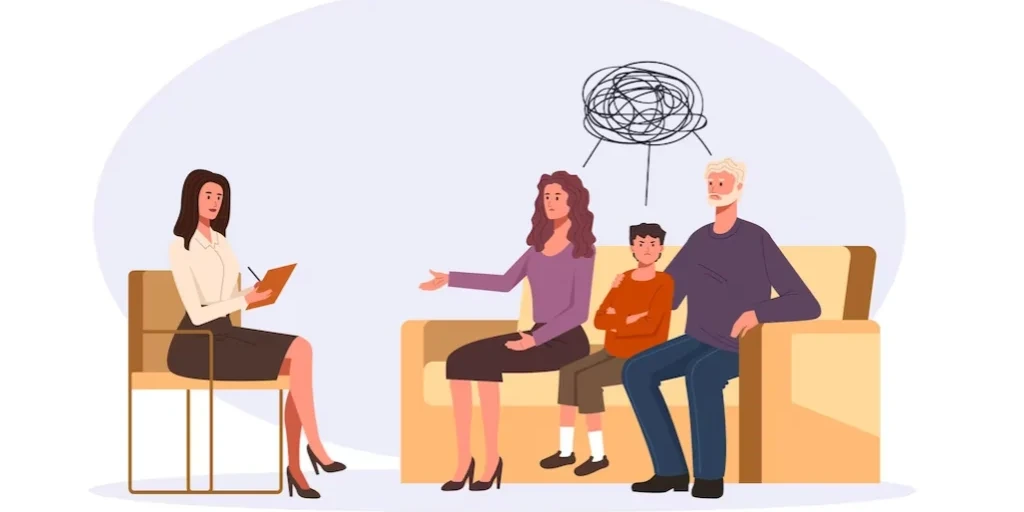24/7 Helpline:
(866) 899-221924/7 Helpline:
(866) 899-2219
Learn more about Intervention Services centers in Greenbelt
Intervention Services in Other Cities

Other Insurance Options

Excellus

Optima

Kaiser Permanente

Holman Group

WellPoint

PHCS Network

Magellan Health

Access to Recovery (ATR) Voucher

Choice Care Network

Self-pay options

Providence

WellCare Health Plans

Covered California

CareFirst

Sliding scale payment assistance

Magellan

Group Health Incorporated

Molina Healthcare

Horizon Healthcare Service

Cigna
















